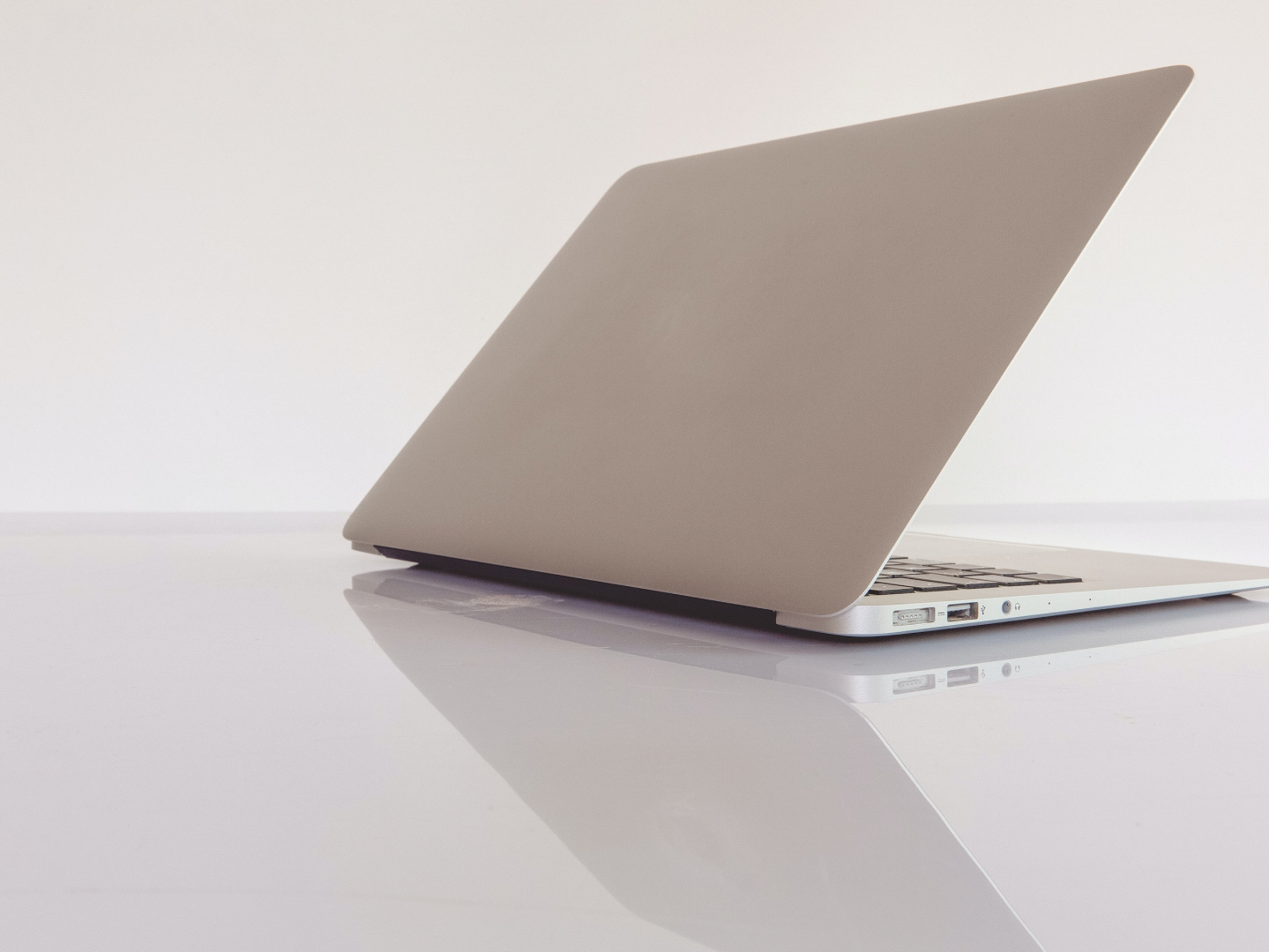Shipt
Consumer grocery, home products, and select electronics delivery app. Shipt is an American delivery service owned by Target Corporation.
Project Type
Team project for B2C app, Agile sprint environment
Duration
Spring and Summer 2020
Tools
Adobe XD
Mural
Illustrator
Trello
Zoom
SurveyMonkey
SimilarWeb.com
Google Drive
My Role
Research
System Design
Prototyping
Skills
Competitive analysis research
User flow
Wireframing
Prototyping
Design
User testing/research
Team
1 Project Manager
1 User Tester/Interviewer
1 UX/UI Designer - My role as the designer was to research competitors, analyze research on user interviews/user tests, design user flows, wireframe, prototype.
About
Shipt is an American delivery service owned by Target Corporation.
Originally focused on regions without grocery service delivery, but then expanded into major metropolitan areas in the US.
Shipt operates in over 80 U.S. markets and has a network of 40,000 personal shoppers.
The Challenge
How might we increase customer satisfaction with deliveries, improve the productivity of shopping, and boost the engagement of rewards.
Quick Peek of the Solution
Plan
Before any usability testing was preformed, Shipt had a fully functioning app. The goal was to establish a baseline for what is and is not working well.
From the beginning it was noticed there was room for improvement in the filtering process. Research uncovered a few more areas to improve upon along the way.
Process
Research
Tasks Preformed
Heuristic Evaluation
Competitive Analysis
Screener Survey
Personas
Journey Map
Affinity Cluster
The first round of research had more invested time than each additional sprint. Each additional round in the agile process used the previous research as a starting point. This allowed the project to move at a faster rate with the additional sprints.
Heuristic Evaluation
Heuristic Evaluation analysis shows overall that the Shipt site is generally easy to navigate. However, one major issue was not having an easy way for users to see additional delivery dates and times from the main page. Making the “Next Delivery” date and time a clickable link to see other options will benefit all users.
Competitive Analysis
Studied a few current market competitors offering similar service and conducted a comparative analysis of main target user needs with the discovered opportunity areas.
Shipt wins:
Only one of the 4 with live chat & 24/7 customer service phone number.
No minimum order requirement.
Item substitution for out-of-stock items.
Personas
“Thirty-one percent of U.S. households, or roughly 40 million, have used online grocery services like home delivery and pickup over the past month... Total monthly order volume among users surged 193%... 43% of the survey respondents noted they were extremely likely or very likely to continue online grocery shopping after the crisis passes.”
Journey Map
Overall pain point findings:
1. Not easy to find next delivery dates and times. Does not like having it only in the checkout process.
2. Wants filter for dietary restrictions / preferences.
3. Easy way to submit issues with deliveries.
4. Simplify point rewards and clarify terminology and overall reward system.
Affinity Cluster
Rose, bud, thorn affinity cluster
Analysis of target user tests and interviews combined with target user surveys shows the majority of users prefer to filter by diet.
An additional pain point was revealed through target user testing. It showed that the current placement of the next available delivery date and time was thought to be a link to see other delivery date and time options, but in fact is not. This caused numerous users to become frustrated.
Analyze
Tasks Preformed
Identify opportunities
Recognize pain points
User flows
Ideate solutions
Opportunity Insights
User interview pain points:
1. User Interview findings show the majority of users, all those that have dietary restrictions or preferences, look for online grocery services that have a way to filter by diet.
Adding this feature to the Shipt site will increase overall user satisfaction for Shipt users.
2. Users said they would like to have an easy way to submit issues with deliveries.
Creating a way to walk the user through reporting delivery issues will improve this process.
User testing pain points:
3. Not having a way to find alternate delivery date and times was frustrating to users.
Creating a link to find additional delivery dates and times before shopping, as well as keeping the ability to choose the delivery date and time in the check out process will provide a better user experience.
4. Users thought some of the rewards terminology was confusing. Shipt called their points “Shops.”
Changing the terminology would help clarify the rewards system.
User Flows
User flow for pain point 2, reporting an issue with deliveries.
Simple user flow for pain point 3, adding link to home page to see additional delivery dates and times
Next step in the process is to ideate solutions with brain storming, low fidelity wireframes and collaboration.
Design
Wireframes
Low fidelity sketches of dietary filter options using brainstorming sessions.
Home screen and Filter
Order Delivery Process
Rewards Process
Medium to high fidelity prototype design to user for user testing.
After choosing delivery date and time, option to start or continue shopping, or continue with check out process.
Dietary filters can be combined with category filters and sub filters.
Recommendation to change the trash icon to a subtraction icon. Removes confusion.
New process with option to choose delivery date and time before you shop.
Rewards graphic shows progression to each level.
New graphic shows clear progression for reward levels. Builds excitement as each level is reached.
To improve the user experience of reporting an issue a delivery prompt notifies the user.
The process walks the user through either simply reporting no issues. Or, offers a streamlined experience of reporting an issue. Once the report is submitted a notification is sent to Shipt informing of the Shipt shoppers mistakes.
Option to report receipt of an item not ordered, either charged or not charged for the item(s).
Including this option helps keep Shipt shoppers more accountable and gives Shipt a way to keep track of repeated issues with Shipt shoppers.
Next step in the process is to test prototype with users.
Test
Tasks Preformed
Prototype testing
Moderated User Tests
In person moderated usability test for the Shipt app prototype. Users were given a description of the tasks they were asked to complete and asked to walk us through what they were thinking as they were doing it. The moderator asked probing questions as the test was conducted to gain more insight to what the user was thinking.
Following the test, the moderator asked follow up questions to gain feedback on the process and the app itself.
Following the test, the moderator asked follow up questions to gain feedback on the process and the app itself.
With each updated design created with the prototype provided an improved user experience across all users.
Conclusion
Measurable Improvements
The improvements that were made to the Shipt app prototype, showed an increase of customer satisfaction from 21% to 100% with using the combined dietary filers when shopping.
By adding the option to choose a delivery date and time prior to shopping with the Shipt app customer frustration dropped from 88% to 10%.
With the changes to the rewards section all users that were tested clearly understood the rewards system and where eager to start earning points to gain rewards. This clarity increased customer understanding and engagement from 8% to 100%.
Key Takeaways
Improved reporting an issue process after order delivery by including a push notification of delivery completion with only one click. From an efficiency standpoint the app now has report an issue section in app opposed to having to open a new browser.
Shipt can take stock of employee accuracy. This is a great way to keep customers happy too!
Our prototype helped improve Shipt by changing some key visual features and call out placements to help users better understand functions.
Overall, the most important thing we learned through our users about the prototype was having meaningful notifications and simplifying design without compromising important details.
As a group our goal was to push ourselves even further to remain open to user feedback and not narrow focus too quickly on specific improvements to the design.
Finally, we also learned that there is a fine line between having too much information for the user to interpret and having too little. Efficiency and having information centralized is key to success.



